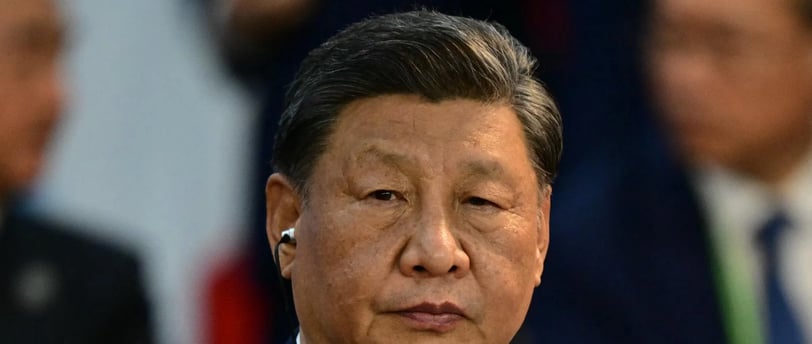Start Your Smart Investment Journey — Join UJI Investama.
Diverging Trade Strategies: Xi’s Long-Term Vision vs. Trump’s Immediate Objectives
Following recent negotiations, President Xi Jinping has secured a trade framework that allows China time and flexibility to adjust its economic strategy, while sidestepping the immediate threat of new tariffs or export controls. In contrast, former President Donald Trump has continued to focus on fast, tangible outcomes, often framed as political victories—such as agreements involving rare earth exports in return for significant tariff reductions. Though markets briefly responded positively to the announcement of a trade “truce,” analysts note that the terms of the deal appear to favor Beijing. The structure allows China to delay significant concessions while maintaining its broader policy goals, even as U.S. officials promote the deal as a major breakthrough. Xi’s strategy is consistent with China’s long-term initiatives, such as “Made in China 2025” and the “dual circulation” model, which aim to strengthen domestic innovation and reduce reliance on foreign markets. Meanwhile, Trump’s transactional approach has led to uncertainty among global markets and mixed reactions domestically, as rapid policy shifts raise questions about the sustainability of any short-term gains. As the agreement moves toward implementation, the divide in strategic thinking is increasingly clear: Xi is playing the long game to reshape China’s global economic position, while Trump continues to chase immediate results that appeal to voters and markets in the short term.
POLITICS
6/12/20251 min read


Contact us for more news and information about UJI Fund.
